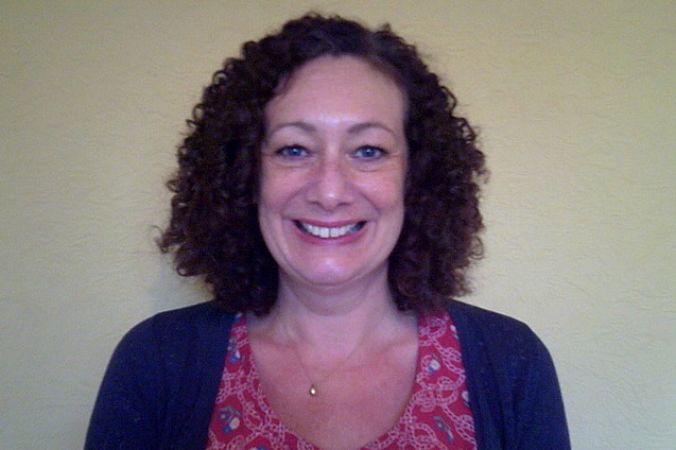
Meet The Therapist: Adrienne Kirk
Adrienne Kirk is a psychotherapist in EN2
What attracted you to become a therapist?
Before I was a therapist I taught consultation skills to medical students. Part of my role was to support students who were struggling academically, and of course, very often their grades were slipping because of some personal problems. This was the part of the job that I enjoyed the most, spending one-on-one time with students exploring with them what was going on, and how they might manage their situations differently.
So I decided to train as a therapist to help with that job, and ended up giving up the teaching to become a psychotherapist full-time!
Where did you train?
I trained at Regent’s University, London. It is a very academic course, which gave me a good grounding in the theories that therapists use to guide their practice. I also volunteered at a charity in central London to gain vital practical experience. Training at Regent’s meant that I was also studying in very beautiful surroundings, it is very close to the Rose Gardens in Regent’s Park, which was a lovely place to walk in between lectures!
Can you tell us about the type of therapy you practise?
I am an integrative therapist, which means that I am very responsive to the needs of the client in front of me; I don’t impose a particular theory on them. Having said that, I am probably most guided by the existential school of therapy. This suggests that the therapist, rather than seeking to cure or explain the client, is seeking to explore, describe and clarify with the client their life experience in order to understand their predicament. Doing this, walking alongside my client, enables me to assist them in understanding their situation, and allows them to see other ways of being.
Life is a journey and therapy can provide us with the tools, skills and strategies to make it a full, interesting, and rewarding one.
I am warm and empathetic, endlessly curious about my clients, and I also supportively challenge them where I see inconsistencies between their values and their practice. My clients often tell me that what they love about our sessions is that I really ‘get them’ in a way that is often unique in their lives.
What sort of people do you usually see?
My clients tend to be people who are struggling with loss. Often this is in the form of a loss in pregnancy: a miscarriage or termination or a diagnosis of a problem with the baby, a still birth or a traumatic experience during the birth. However, some of my clients are struggling with other sorts of loss, a bereavement, or redundancy, or retirement – so a loss in terms of their sense of self.
We work on their understanding that they are not going to ‘get over’ the loss, but rather grow round it. The loss remains with them but becomes part of who they are, and their life experience, rather than the gut-wrenching, all absorbing grief that it starts out as.
What do you like about being a therapist?
I love seeing my clients grow, make sense of their loss and move forward, knowing that they are changed but that they can see the way forward.
I am very curious about people, and their motivations, beliefs and ways of being. I always learn something from each and every client.
How long you’ve been with welldoing.org and what you think of us?
I have only been on welldoing.org for three months, but I think it’s very well designed and I like the booking system.
Do you ever suggest books or apps to clients?
I sometimes suggest things like mindfulness apps to clients. I have occasionally recommended a book, but it is very dependent on the client and what their needs are. I am keen that we stay with their emotions and feelings, thinking of what’s right here and now for this client, rather than routinely recommending reading material.
What you do for your own mental health?
It is important to focus on my own mental health as well as that of my clients. I take a walk every day, I do a short exercise routine in the mornings (at least I try to do it every day...) and I do a little Pilates, though not as much as I should! The exercise plan is one of the 7-minute HIIT plans that you can find online. I’ve found a number I like and I vary them depending on what I fancy doing that morning.
I see friends every week, and although I am currently between therapists, I do think it’s very valuable to be a client as well as a therapist.
What’s your consultation room like?
My consultation room is a small study at the top of the house. It is a room that I share with my husband (though not at the same time!) and so contains a mix of our books and interests. It is quiet and light yet warm and welcoming.
What do you wish people knew about therapy?
I wish that people realised that we can all benefit from examining ourselves, our motivations and our patterns or being. There is a strength in asking for help, it’s a brave thing to do.
What did you learn about yourself in therapy?
I learned how to come to terms with my childhood experiences, and that, like everyone else, there are some situations that I struggle to be entirely non-judgemental about. This takes work and the only way to start working is to recognise our blind-spots and to examine our hitherto unexamined beliefs.










